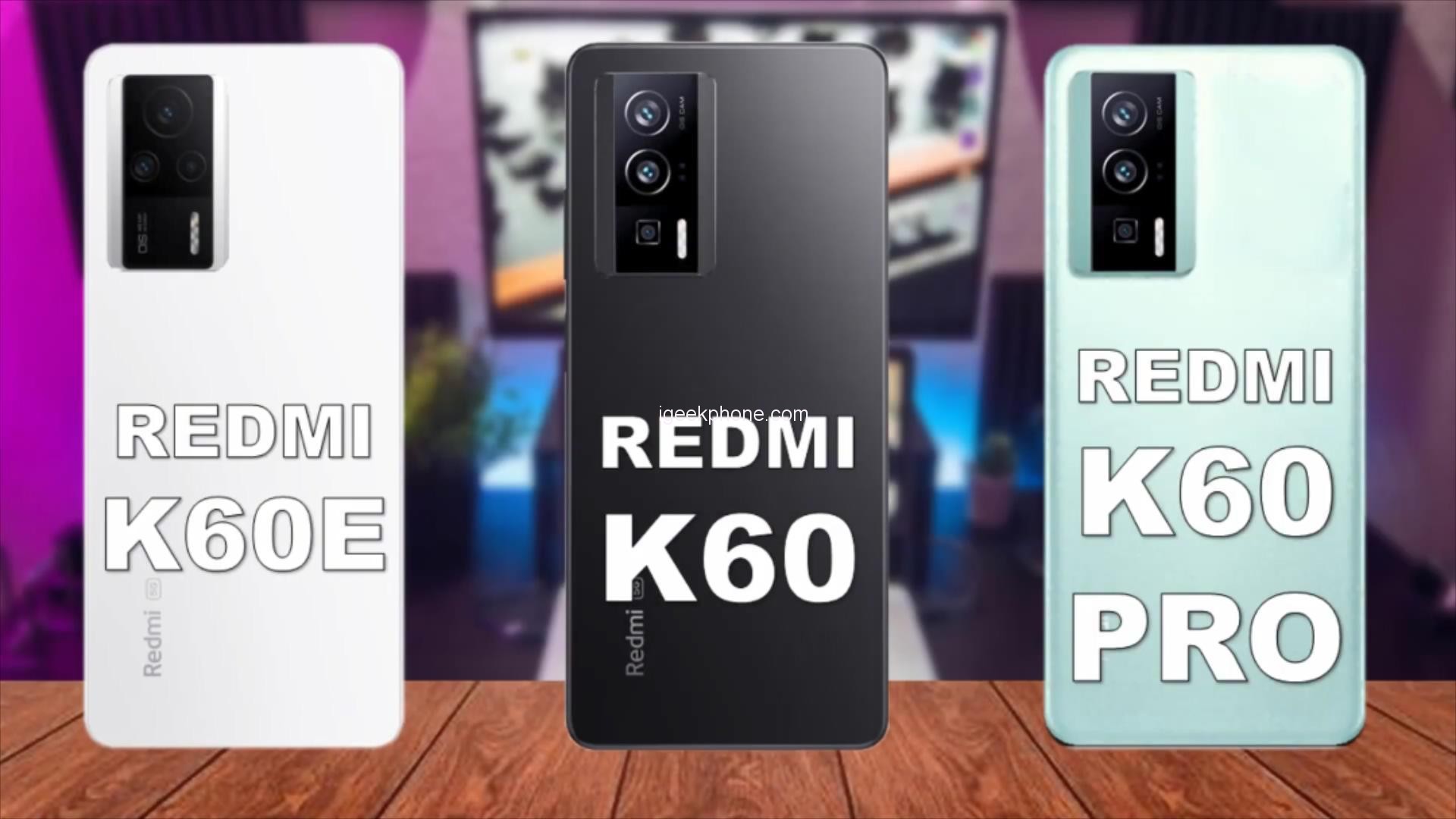The Redmi K series is known for its high-performing, affordable phones, and the latest addition, the Redmi K60 series, has garnered attention for its impressive design. The series includes three models: the Redmi K60Pro, Redmi K60, and Redmi K60E, ranging in price from 3,299 yuan to 2,199 yuan. As the go-to choice for price-conscious consumers, the release of the Redmi K60 series has generated excitement for the new options it offers.
To help consumers decide between the three models of the Redmi K60Pro, Redmi K60, and Redmi K60E, it is important to understand the differences between them. In this article, we will thoroughly examine the differences between these models to assist in making an informed choice.
The Redmi K60Pro, K60, and K60E all feature impressive screens with domestic 2K resolution OLED technology and a pixel density of 526PPI. These phones also have a high refresh rate of 120 Hz and a touch sampling rate of 480 Hz, ensuring smooth performance.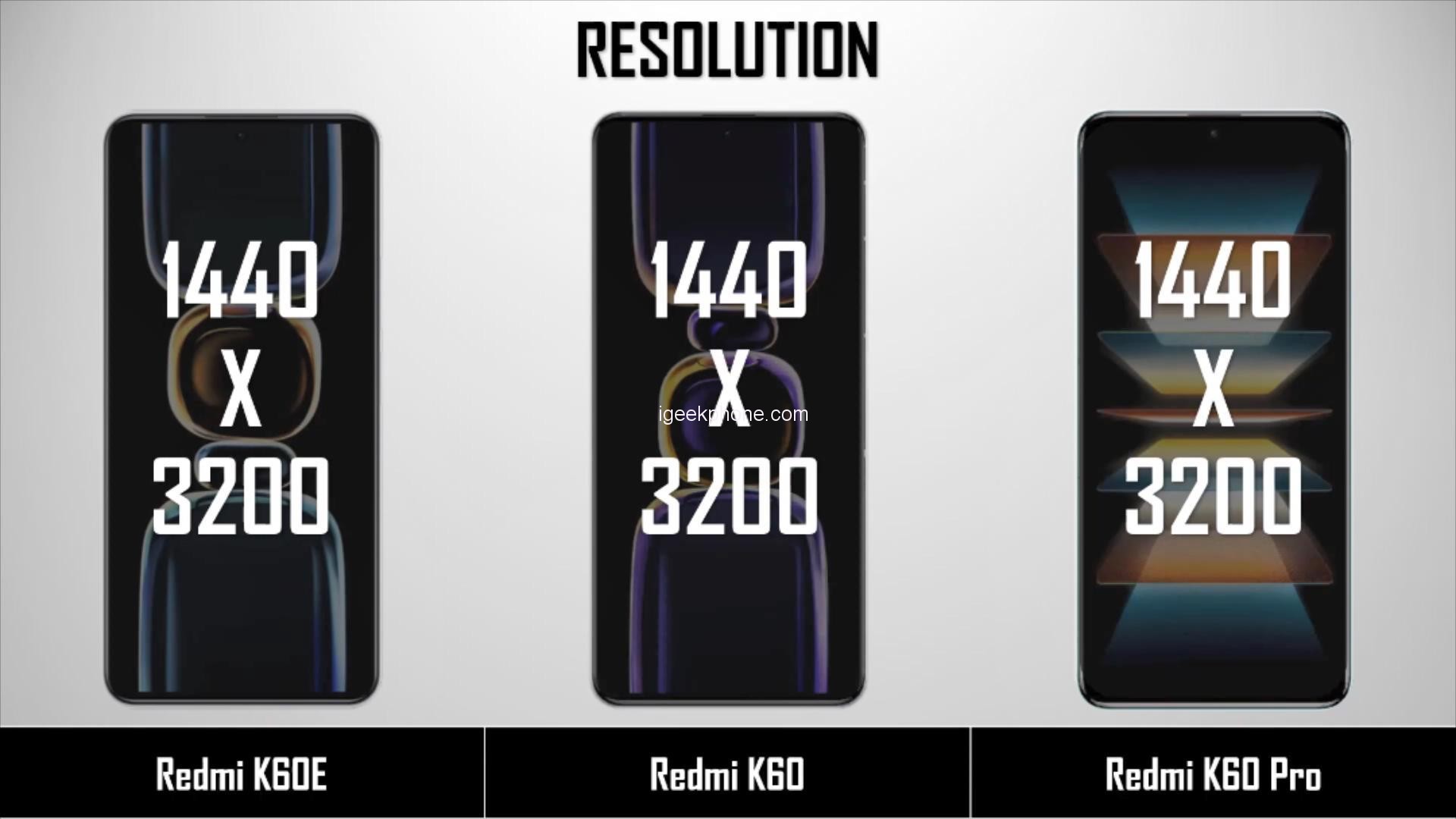
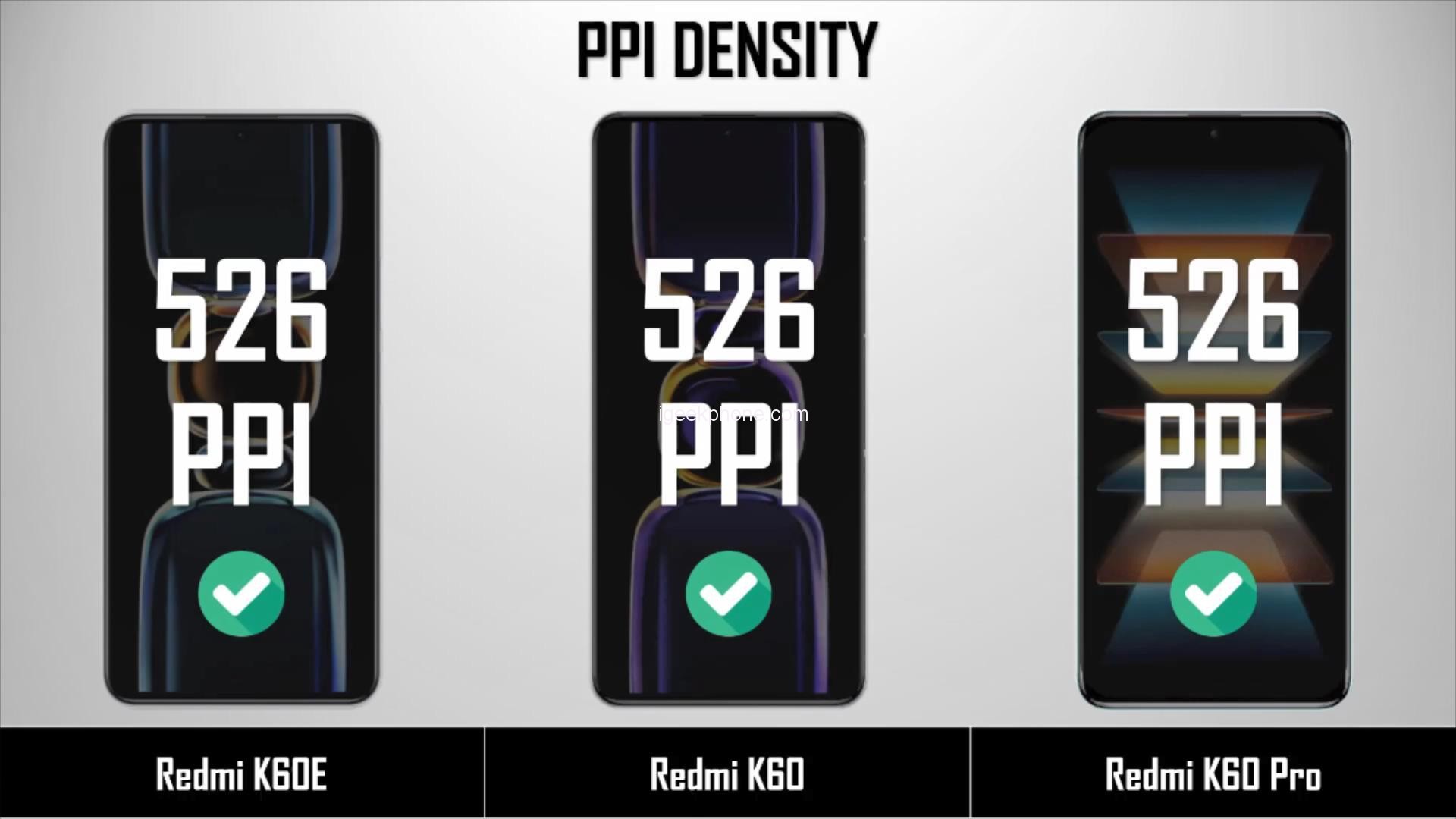
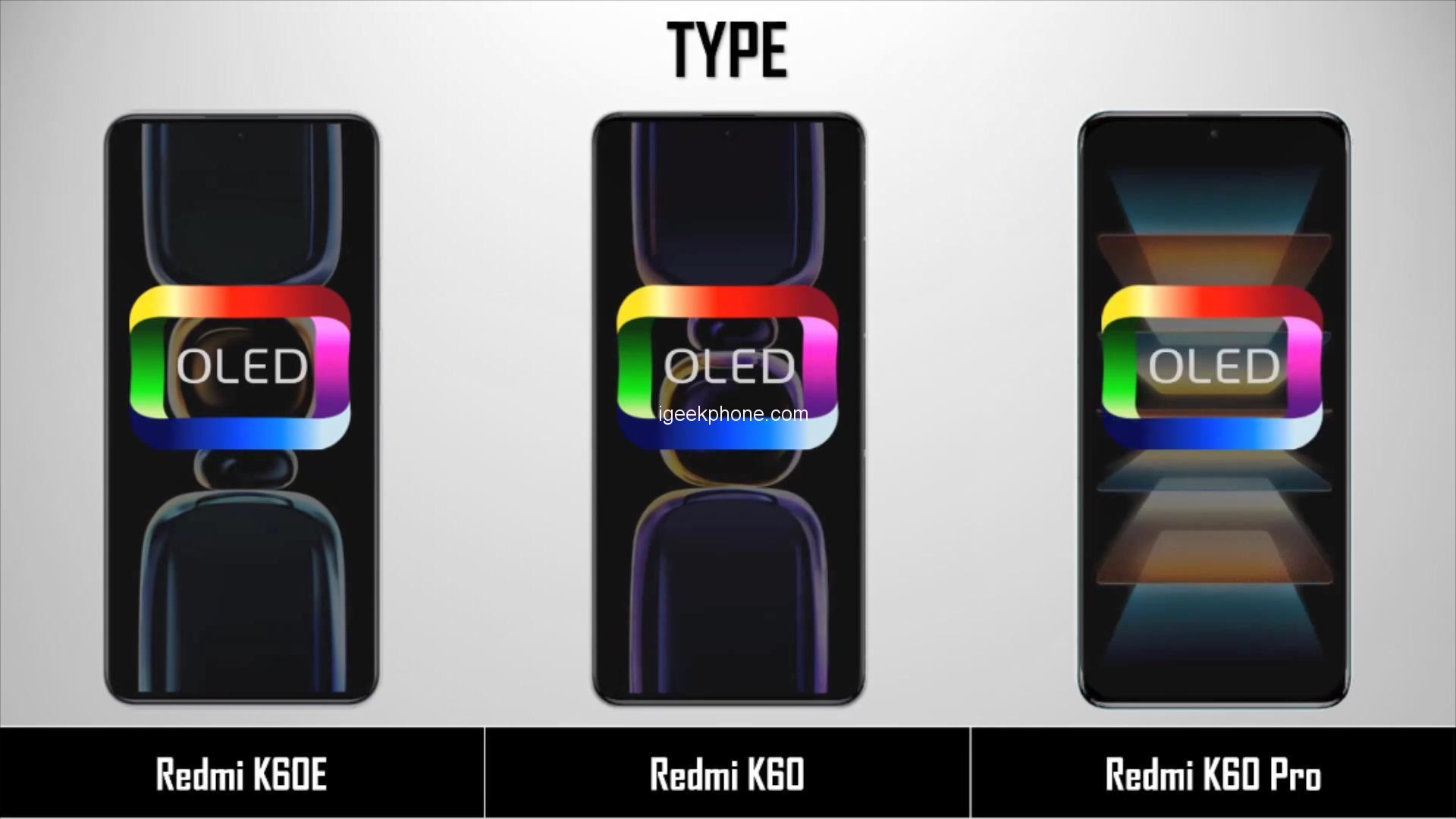
One standout feature of the Redmi K60E is its 2K resolution screen, which is usually found on higher-end models. This low-end phone also has a surprisingly affordable price of 2199 yuan, making it a great value for its features. Overall, all three models of the Redmi K60 series offer comparable screen configurations.
The Redmi K60E boasts a 48-megapixel main camera, 8-megapixel ultra-wide-angle lens, and a 2-megapixel macro lens. The Redmi K60 features a 64-megapixel ultra-clear main camera, 8-megapixel ultra-wide-angle lens, and a 2-megapixel macro lens.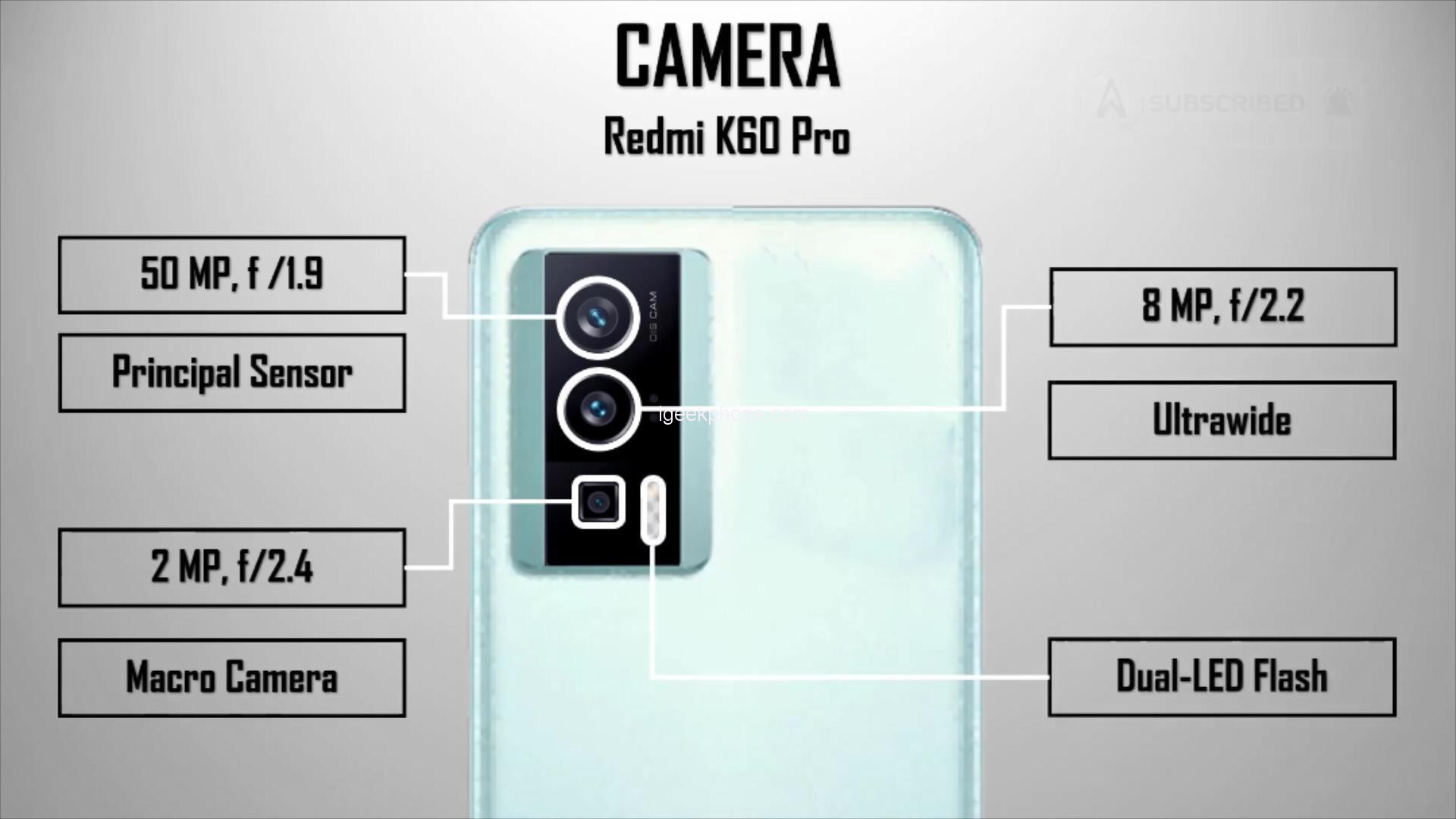
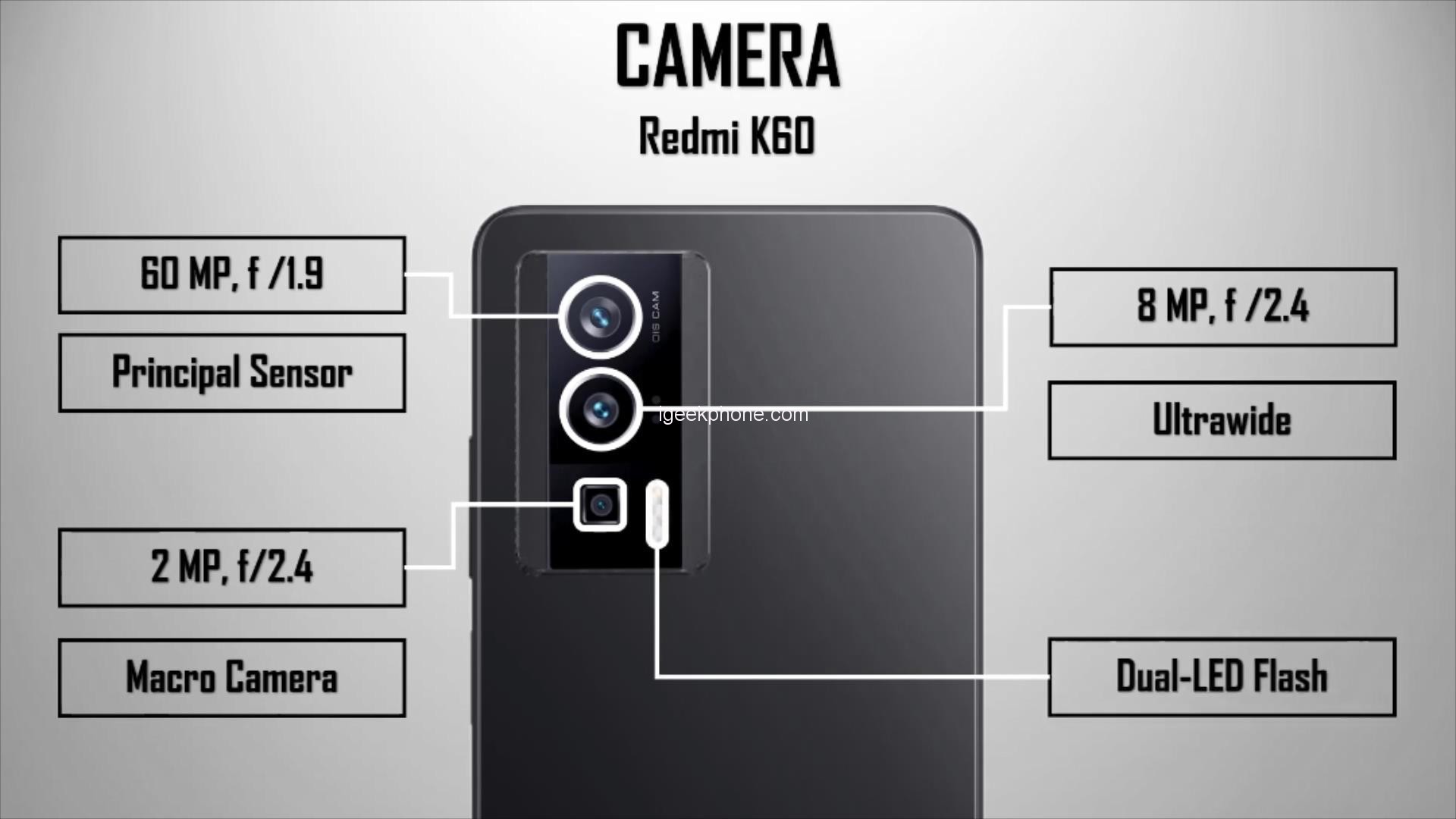
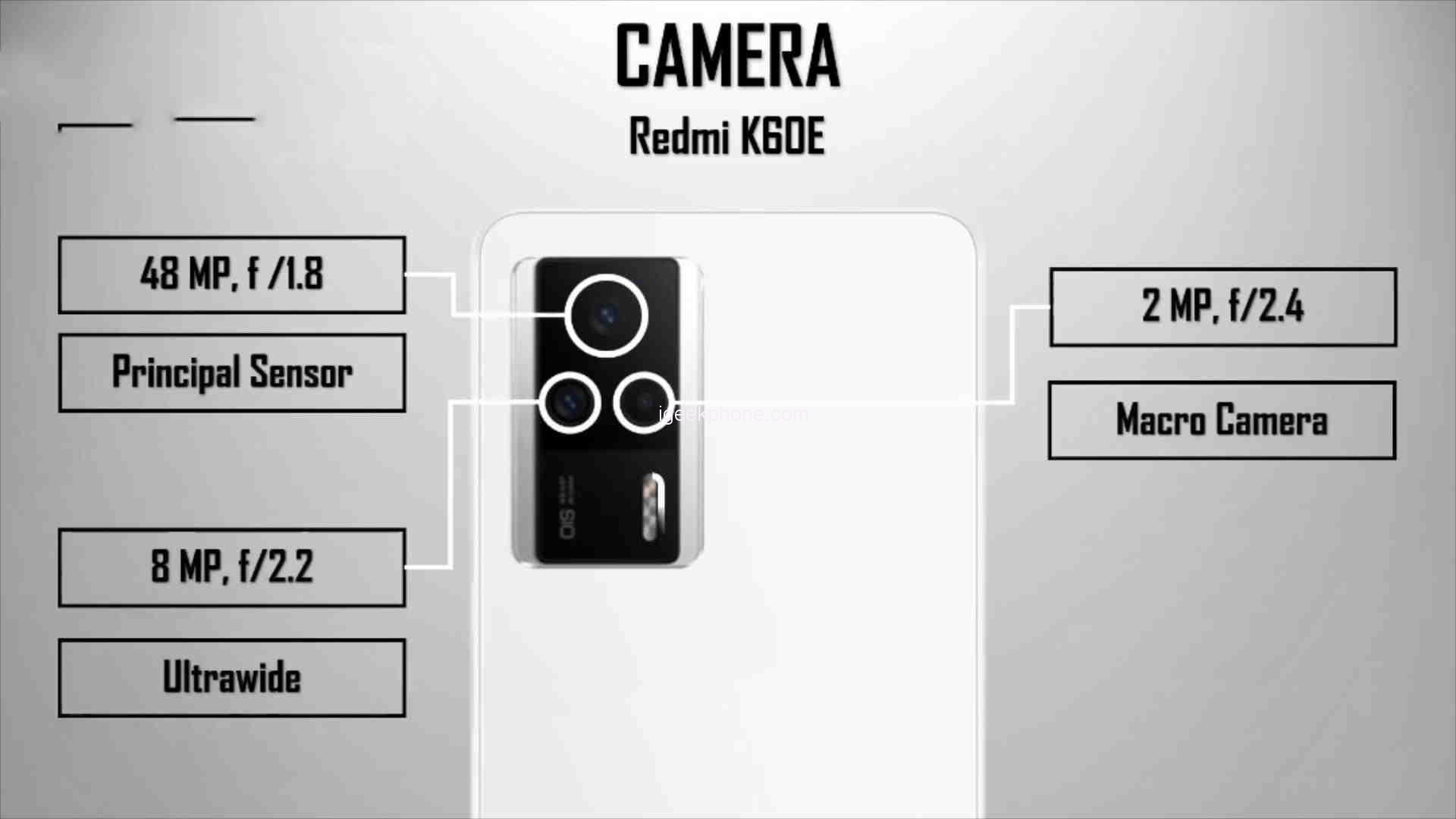
The Redmi K60Pro has a 50-megapixel IMX800 outsole sensor as its main camera, as well as an 8-megapixel ultra-wide-angle sensor and a 2-megapixel macro sensor.
Although the ultra-wide-angle and macro cameras have consistent configurations in all three models, the main camera is the main differentiator. In terms of camera configuration, the Redmi K60Pro is the most advanced, followed by the Redmi K60, and finally the Redmi K60E. However, all three phones are able to capture high-quality photos and videos in everyday use.
There are three different designs for the hardware configuration of the Redmi K60Pro, Redmi K60, and Redmi K60E. The Redmi K60Pro, as the top model, boasts a second-generation Snapdragon 8 processor. The Redmi K60 is equipped with a Snapdragon 8+ processor, while the Redmi K60E has a Dimensity 8200 processor.
In terms of mobile phone systems, the Redmi K60E runs on MIUI13, which is based on Android 12. The Redmi K60 and Redmi K60Pro, on the other hand, run on MIUI14, which is based on Android 13.
The various configurations of these phones cater to different budget requirements. The Redmi K60Pro, with its impressive second-generation Snapdragon 8 processor, is likely to be the most popular among consumers.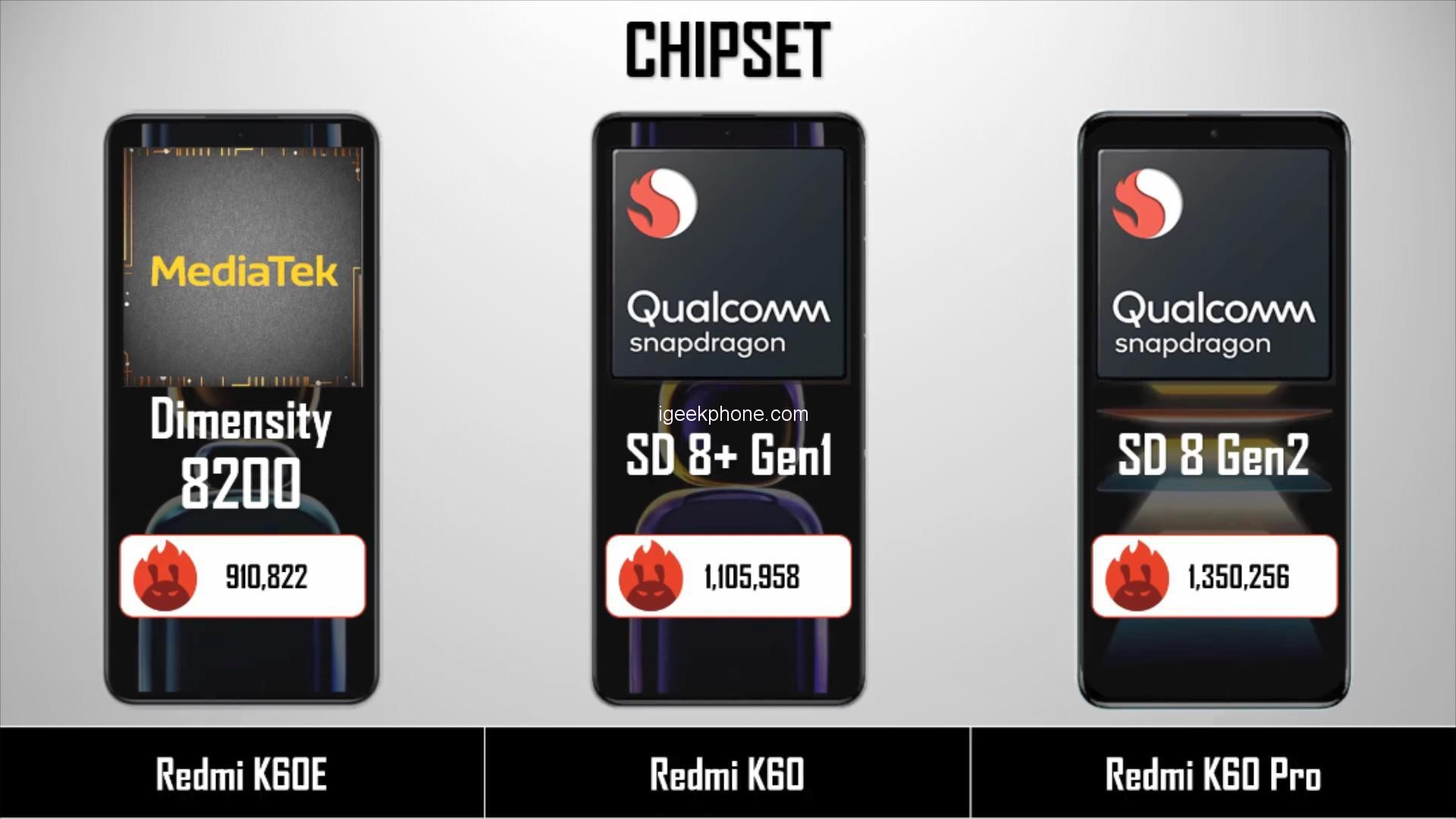
The Redmi K60 series has redefined the term “cost performance” with its charging configurations. This series is the first in the Redmi series to feature wireless charging technology.
The Redmi K60 Pro boasts a 5000 mAh battery that supports 120W wired fast charging and 30W wireless fast charging. Meanwhile, the Redmi K60 has a 5500 mAh battery with 67W wired and 30W wireless fast charging capabilities. The Redmi K60E is powered by a 5500mAh battery and supports 67W wired fast charging.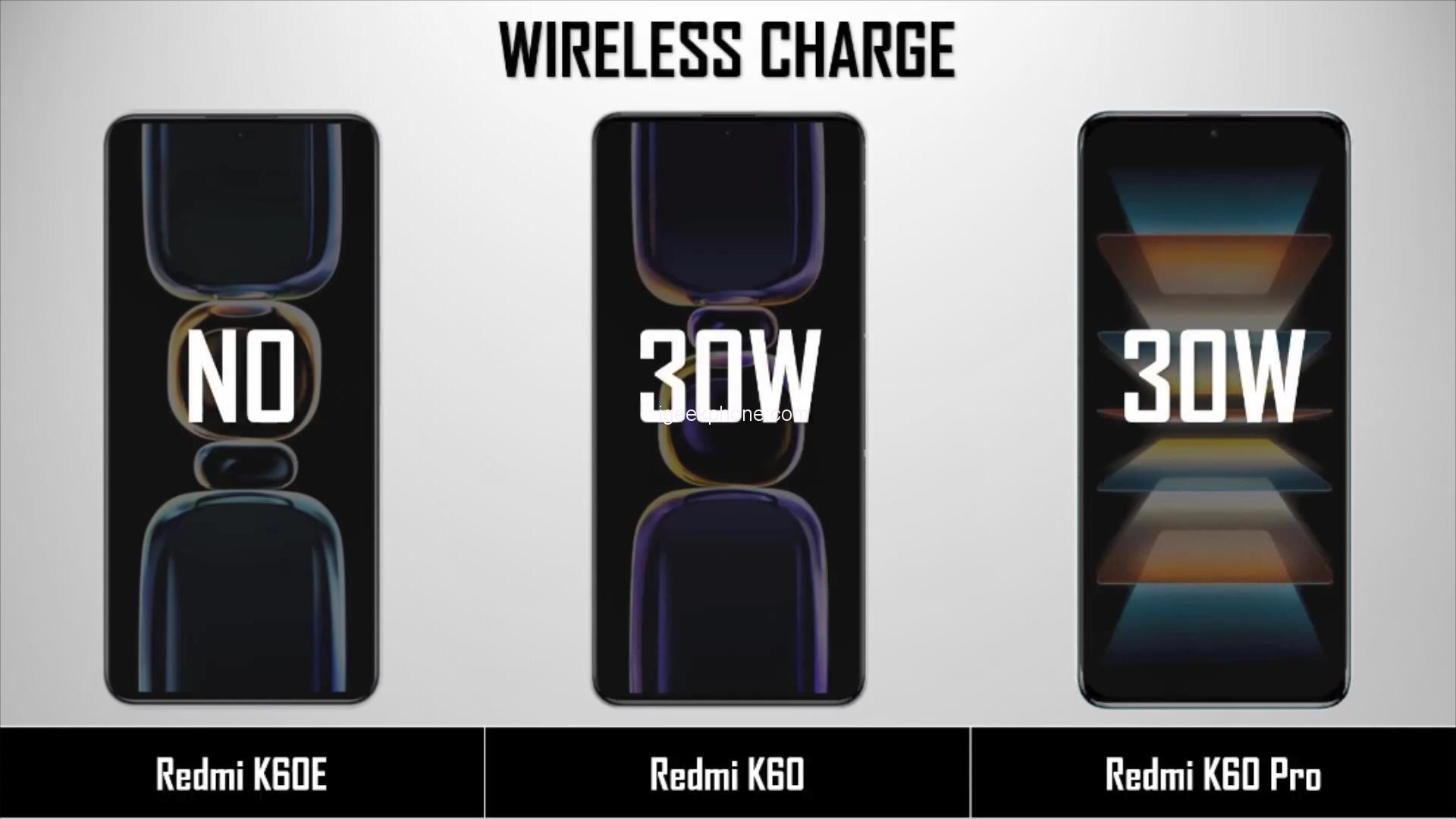
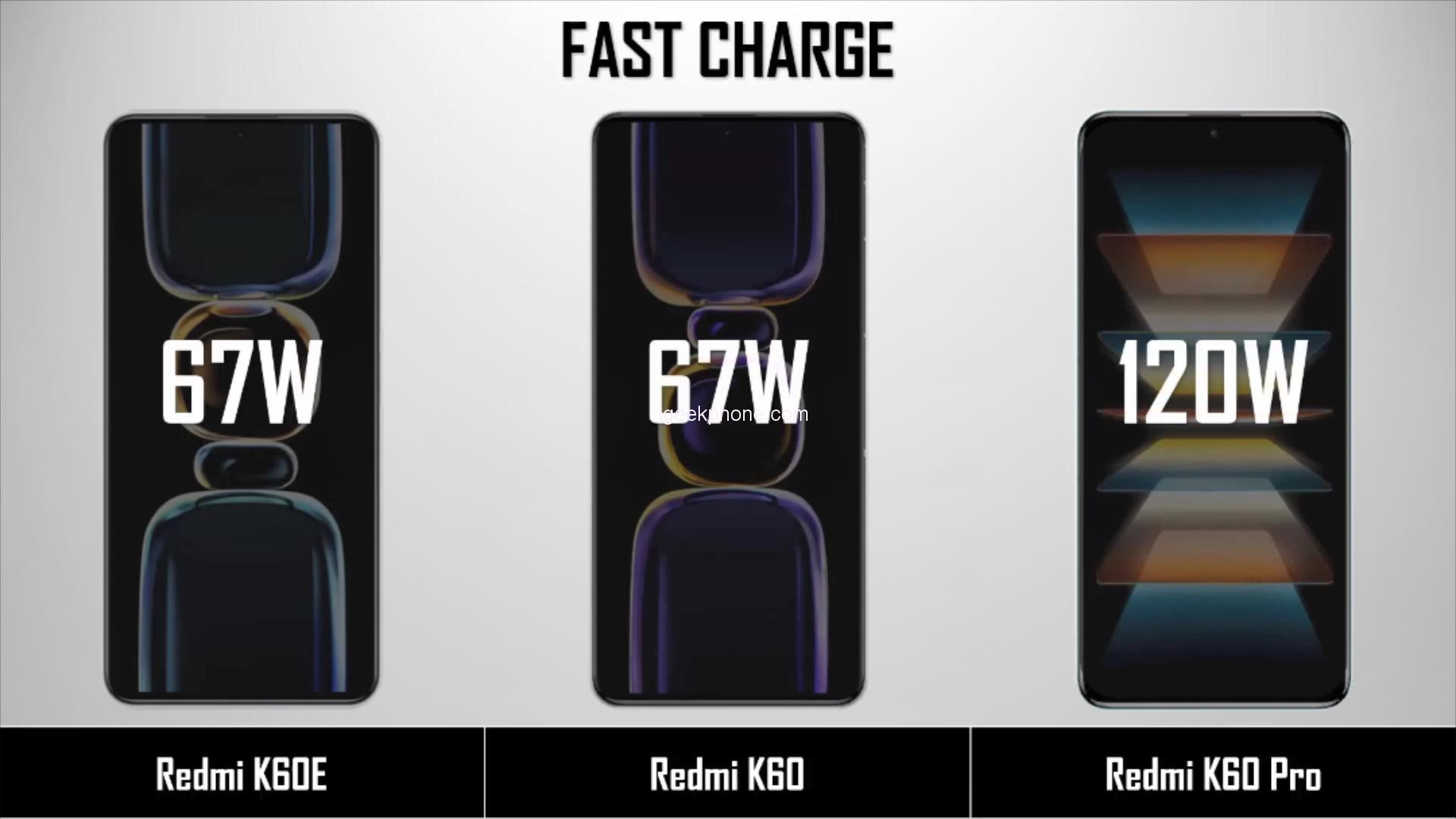
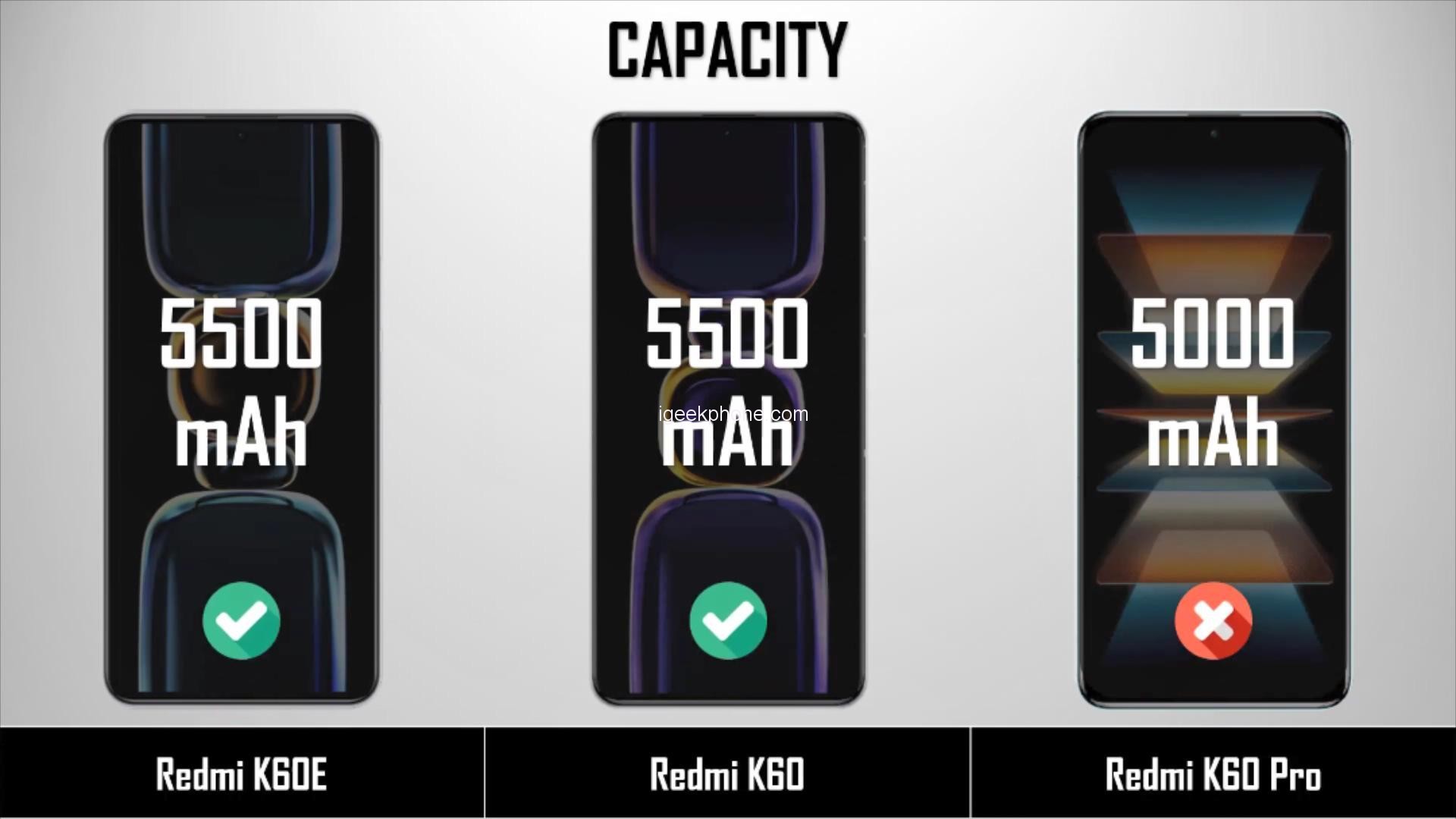
It is clear that the inclusion of wireless fast charging in the Redmi K60 series sets a new standard for competition within the same price range, making these smartphones even more impressive.
If you want the best hardware configuration and are willing to spend more, the Redmi K60Pro is a good choice. If you have a lower budget, but still want a good camera and fast charging, the Redmi K60 is a good option. If you want a more affordable option with a good screen and fast charging, the Redmi K60E may be the right choice for you.
Read Also: Redmi K60, K60 Pro and K50 Extreme Edition, Short Specs Comparison
Do not forget to follow us on our Facebook group and page to keep you always aware of the latest advances, News, Updates, review, and giveaway on smartphones, tablets, gadgets, and more from the technology world of the future.

.jpg)








